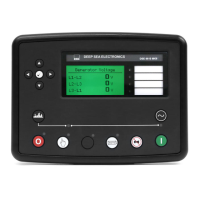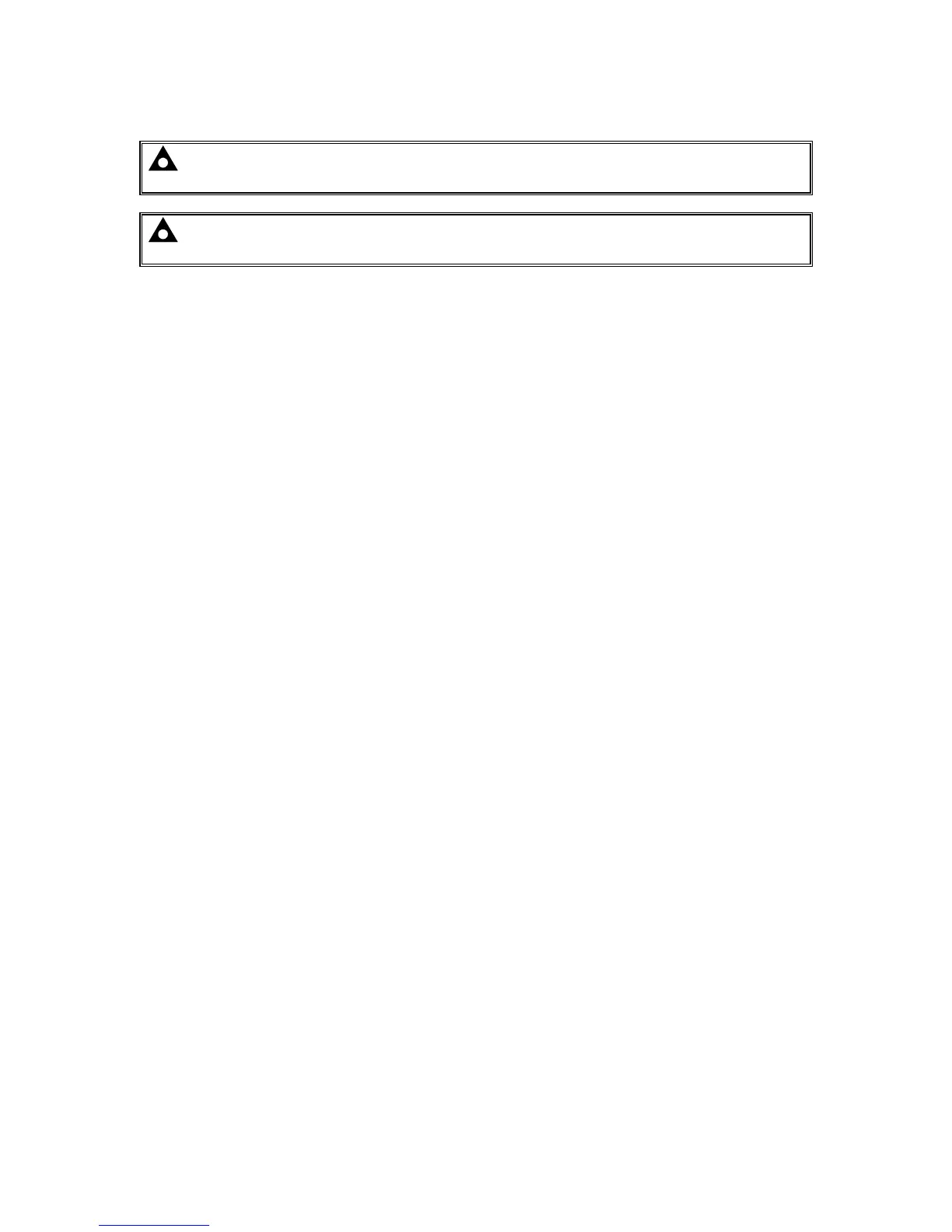5.4.2 STARTING SEQUENCE
NOTE: If the unit has been configured for CAN, compatible ECU’s receive the start
command via CAN and transmit the engine speed to the DSE controller.
NOTE: For further details of module configuration, refer to DSE Publication: 057-238
DSE8610 MKII Configuration Suite PC Software Manual.
To allow for ‘false’ start requests, the Start Delay timer begins.
Should all start requests be removed during the Start Delay timer, the unit returns to a stand-by state.
If a start request is still present at the end of the Start Delay timer, the fuel relay is energised and the
engine is cranked.
If the engine fails to fire during this cranking attempt then the starter motor is disengaged for the
Crank Rest duration after which the next start attempt is made. Should this sequence continue
beyond the Set Number Of Attempts, the start sequence is terminated and the display shows Fail to
Start.
The starter motor is disengaged when the engine fires. Speed detection is factory configured to be
derived from the AC alternator output frequency, but can additionally be measured from a Magnetic
Pickup mounted on the flywheel or from the CAN link to the engine ECU depending on module.
Additionally, rising oil pressure can be used to disconnect the starter motor (but cannot detect
underspeed or overspeed).
After the starter motor has disengaged, the Safety On Delay timer activates, allowing Oil Pressure,
High Engine Temperature, Under-speed, Charge Fail and any delayed Auxiliary fault inputs to
stabilise without triggering the fault.

